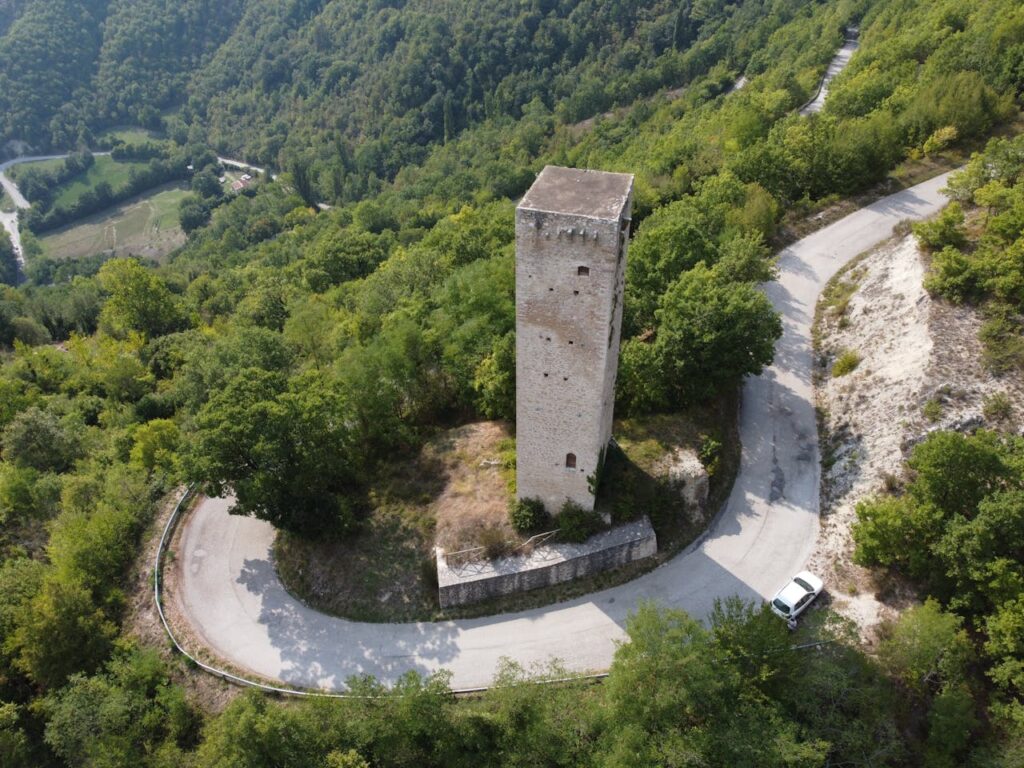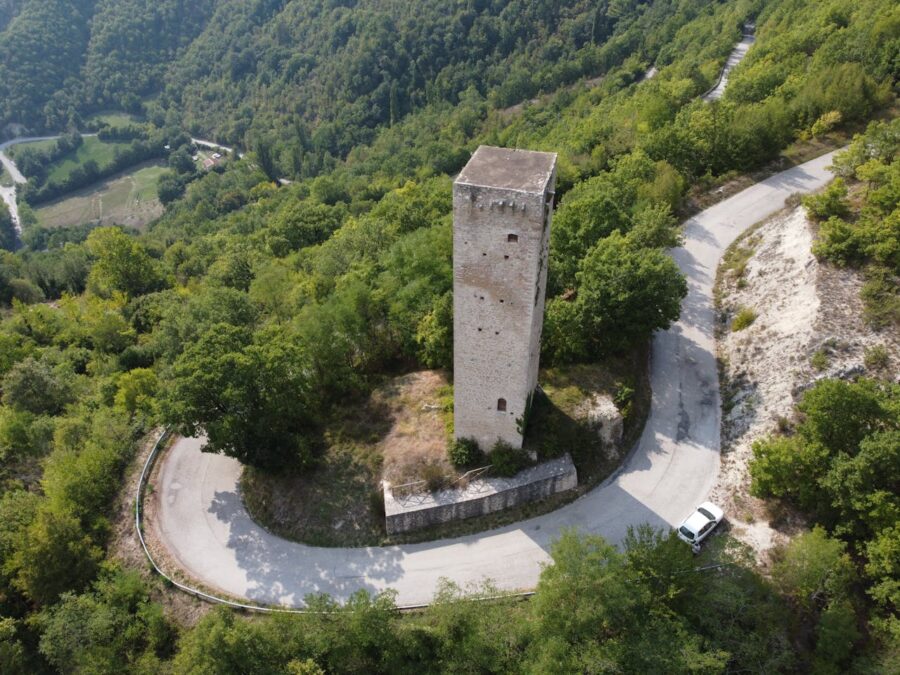
Design and Construction of Pilgrimage Churches
Medieval pilgrimage routes played a significant role in the architectural development of churches and related structures. Churches along these routes, such as those on the Camino de Santiago, were often designed to accommodate large numbers of pilgrims. Features such as spacious naves, ambulatories with radiating chapels, and multiple altars allowed for the efficient movement and worship of pilgrims. The construction of pilgrimage churches often included architectural innovations, such as the use of ribbed vaults and pointed arches, which enhanced their structural stability and aesthetic appeal.
Influence on Urban Development
The presence of pilgrimage routes and churches influenced the development of medieval towns and cities. Towns along popular pilgrimage routes, such as Santiago de Compostela and Canterbury, experienced economic growth and urban expansion. The influx of pilgrims supported the development of infrastructure, including inns, markets, and roads, which facilitated travel and commerce. The architectural development of towns was often centered around pilgrimage sites, with the construction of hospitals, bridges, and other facilities to support the needs of travelers.
Artistic and Cultural Impact
The architectural development of pilgrimage churches and related structures had a significant artistic and cultural impact. The construction of these buildings provided opportunities for the creation of elaborate sculptures, frescoes, and stained glass windows that depicted religious themes and celebrated the journey of pilgrimage. Artistic styles and techniques were influenced by the diverse cultural interactions along pilgrimage routes, contributing to the diffusion of artistic innovations and the enrichment of medieval art and architecture.
Conclusion
Medieval pilgrimage routes played a crucial role in architectural development, influencing the design and construction of churches and urban infrastructure. Their impact on architecture, urban development, and the arts highlights the importance of pilgrimage in shaping the cultural and built environment of medieval Europe.
